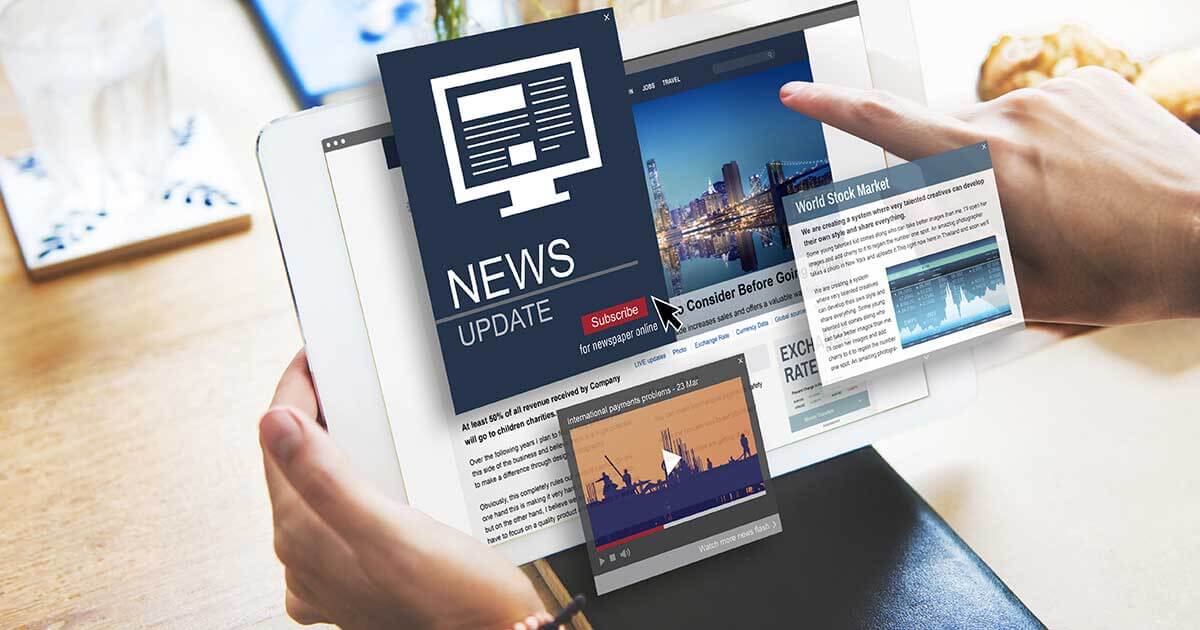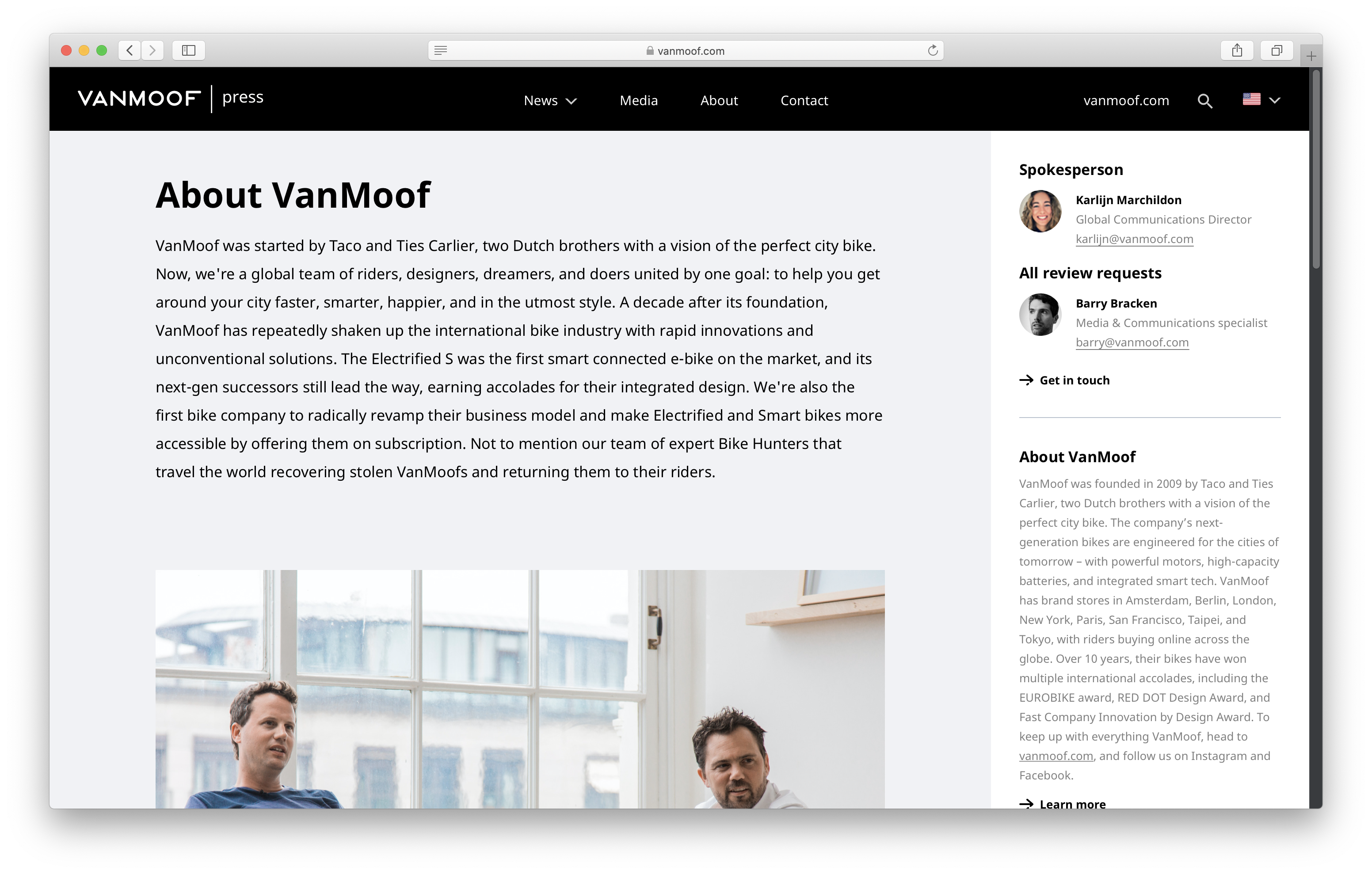How Popular News can Save You Time, Stress, and Money.
How Popular News can Save You Time, Stress, and Money.
Blog Article
The Greatest Guide To Popular News
Table of ContentsNot known Details About Popular News An Unbiased View of Popular NewsEverything about Popular NewsPopular News Fundamentals Explained
Age is likewise an aspect in the way individuals watch the role of social media. Younger social networks information customers are most likely to state it has affected their discovering for the better. About half of social media news consumers ages 18 to 29 (48%) say information on social media sites makes them better informed, compared with 37% of those 30 to 49, 28% of those 50 to 64, and 27% of those 65 and older.Reporters consider news values when identifying whether or not to cover an occasion or announcement. Perhaps the most essential component of newsworthiness is whether or not the news product being connected impacts an information outlet's target market.
Proximity is very important. Reporters are interested in points that impact their neighborhoods. As an example, research study on a state's brand-new tax obligation code likely will not generate the exact same rate of interest across state boundaries. Sometimes professionals can aid center a larger nationwide tale that impacts greater than just a city or state. In these cases, it is necessary to be on the search for opportunities where topic experts can provide understanding or where comparable jobs may be happening in your area.
If you are releasing newsworthy study, loophole in MarComm prior to the post being published so that the pitch can stress the latest component of the tale: the magazine of the research study. Events and news that involve top-level numbers are more probable to produce media insurance coverage. Visits from nationwide numbers often need months of preparation as a result of anticipated area interest.
How Popular News can Save You Time, Stress, and Money.
We can help alleviate potential reputational threat with these tales while likewise increasing the odds of generating coverage. While numerous of the above news worths are intertwined, human passion tales typically stand apart.
Human interest elements can include information worth to various other stories that could seem lacking in the other values. The uniqueness or strangeness of a situation can aid influence whether or not an information electrical outlet is most likely to cover a story. While this is not an exhaustive list, examining to see if your information thing or event has these qualities prior to contacting us will aid you identify which components hold one of the most information value.

A Biased View of Popular News
There is additionally substantial proof that even more consumers can begin to spend for news in the futureif publishers can recognize them and offer them well. Fifty percent of those that do not spend for information actively look for out information and look like customers in various ways. And almost 2 in 10 of those that do not register for information currently indicate they are inclined to begin to pay in the future.
We then ask a set of inquiries to view publisher site identify whether individuals pay for specific sorts of news sources (Popular News). We asked individuals to name the sources they utilize most oftenwhether they pay for them or nothow they use them, pop over to this web-site the particular points they consider vital concerning them, and some relevant inquiries regarding the price and value of that resource
Individuals are attracted to news in general for 2 reasons over others: A wish to be educated residents (newspaper subscribers specifically are highly motivated by this) and because the magazine they register for excels at covering specific topics concerning which those clients especially care. While there are a host of factors, the No.
Greater than 4 in 10 additionally mention the truth that pals and family members sign up for the very same item (Popular News). More than a 3rd of people say they initially subscribed in action to a discount or promo. In print, individuals likewise are moved greatly to sign up for obtain discount coupons that save them cash, something that has untapped effects in electronic
Excitement About Popular News
Concerning fifty percent are "news hunters," implying they actively look for news as opposed to largely encountering it in an extra easy method, though the news that nonpayers are seeking (for now, a minimum of) is frequently about national politics. Like customers, many of these people also get information several times a day, utilize the news in methods comparable to customers, and are interested in similar subjects, including international or worldwide information.

Of those who do pay, 54 percent register for newspapers in print or digitally, which represents 29 percent of Americans on the whole. A lot of them purchase a print publication in addition to their paper and pay for 2 to 4 news resources in total amount, some even a lot more. And while 53 percent are veteran subscribers (5+ years), greater than a quarter (27 percent) have bought their newspaper membership within the previous year.
Few print customers think it likely they will certainly switch to a digital-only membership in the future, and more than fifty percent of those that choose digital have never paid for a print version of the very same source. Fully 75 percent of newspaper payers claim they mainly checked out the paper in print, while 21 percent are primarily digital customers, and 4 percent explain themselves as uniformly divided.
Report this page